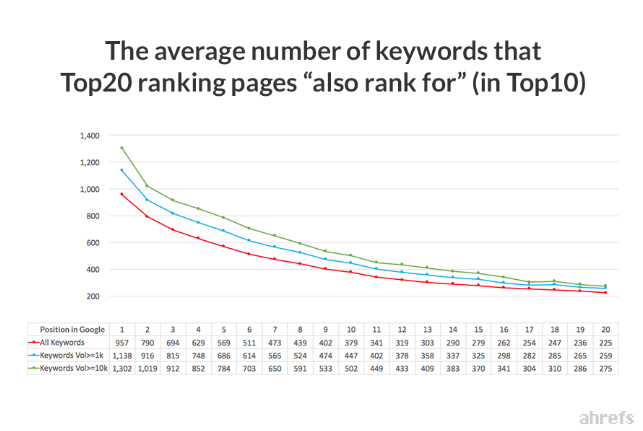
SEO and user-generated content have a complicated relationship. On the one hand, user-generated content can give search engines more information to work with, improve your rankings for long tail search traffic, and encourage community activity that generates links and other positive off-site signals. On the other hand, user-generated content can be low quality, redundant, spammy, it can dilute authority, and sometimes it can even earn you a manual action from Google.
Here are three ways how to best to leverage your user-generated content for positive results.
1. Consolidate your user-generated content
It’s well known in the SEO industry that pages with more words tend to rank better, while it’s also typically acknowledged that this isn’t always the case, since a page with a higher word count isn’t always the most useful page for a user based on their query.
The correlations are quite clear, however. Backlinko found that[1] the average word count of a Google first page result was 1,890 words:
There are many potential reasons for this correlation. The one I find most convincing is by way of a related correlation. According to a study by Ahrefs[2], top ranking pages in Google typically tend to also rank for thousands of other related keywords:
Pages that users seem to enjoy for multiple related queries give Google more data to work with than pages that only do well for a handful of queries. Search engines have a more convincing reason to rank pages these. Since pages with long-form content generally go more in depth and approach a topic from more angles, they also tend to reference a wider number of queries. This creates a snowball effect



